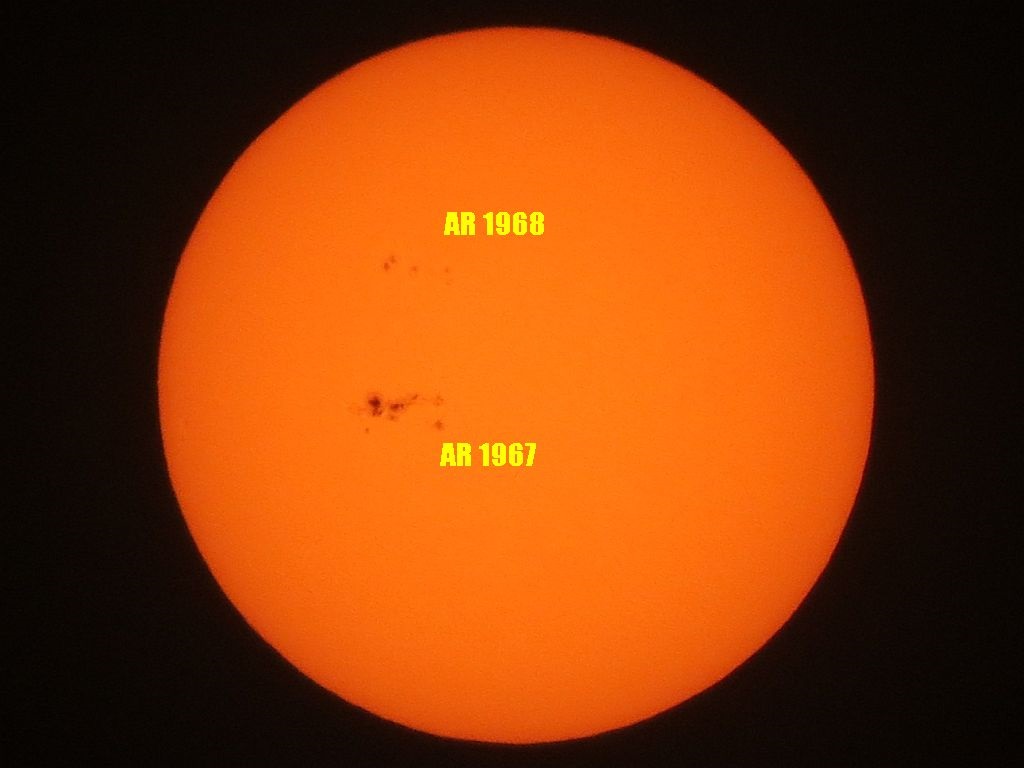I wandered around our little patch of desert this morning taking photos. I captured pictures of cacti, critters, rock garden, etc.
My original purpose was to get up on the hill out back and take pictures of the top of the RV to see if there would be any problems installing the new cover we ordered for it. It looks like there are no objects to adversely impact the installation.
The slideshow leads off with “the big guy,” our saguaro cactus out front, followed by Damsel’s rock and cactus garden, one of the hidden hedgehog cacti up on the hill, a view of our neighbor’s house on the hill across the little wash, quail and a squirrel snacking on critter crunch, a compass barrel cactus on the hill, beavertail prickly pear cactus in the landscape cover, a place on the hill under a palo verde tree, a desert lizard and another hedgehog in the river rock landscape cover.





